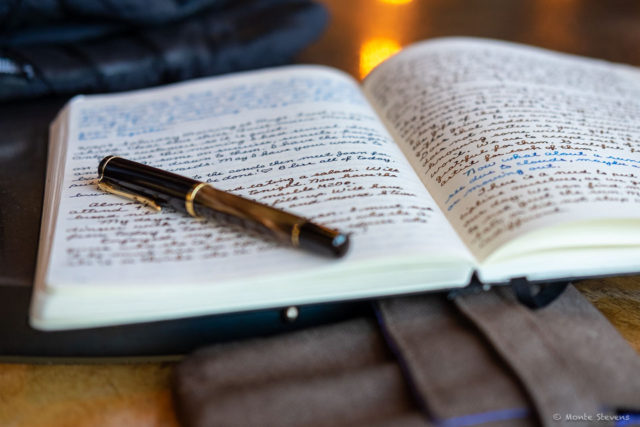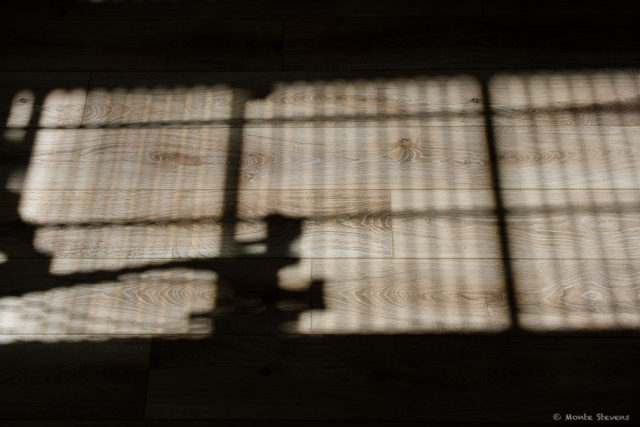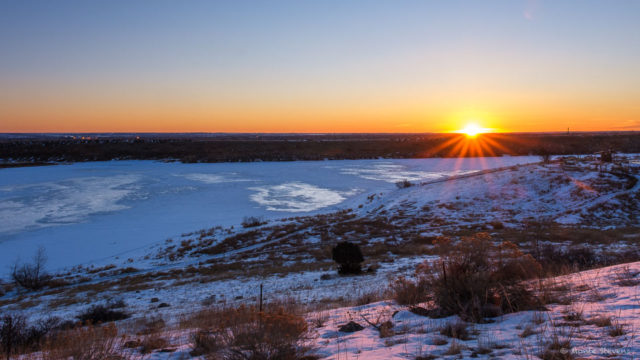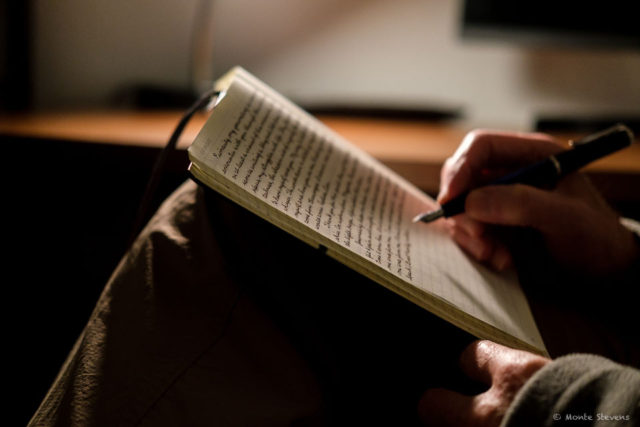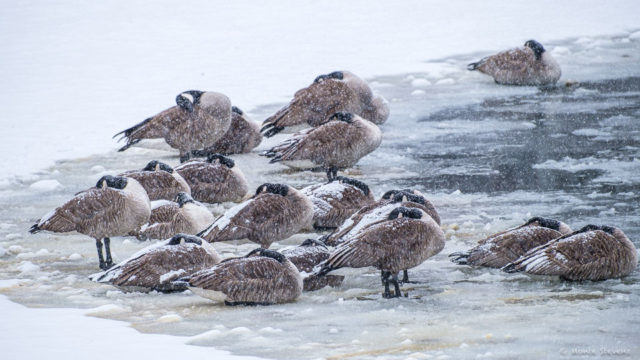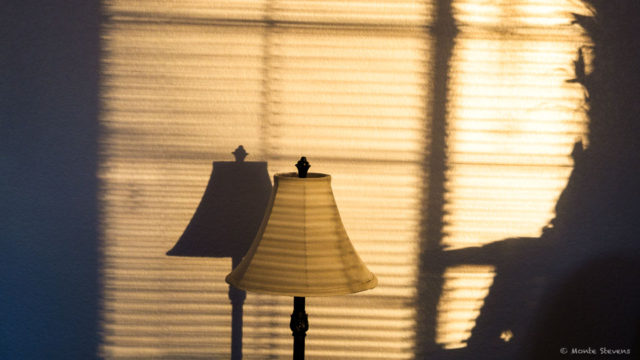As I travel this journey of life, I find both the unceasing chaotic chatter of the world and my mind brings turmoil within me. To quiet these voices of anxiety and confusion I use my journal and fountain pens. They have long ago become intimate friends who have the ability to bring a calming to my sometimes troubled spirit. As I hold these trusted instruments my breathing and thinking settle down into a place of peace. As I write, the world still shouts but now from a distance and the continuous chatter of my mind gradually becomes a soft whisper.
We are expecting snow to begin about midday with 1-3 inches total. Stay warm.
